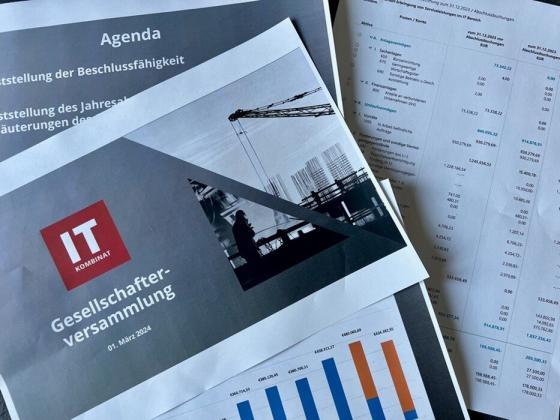The Scaled Agile Framework (SAFe) is often viewed as a solution tailored for large enterprises dealing with complex, multi-team projects. However, the question arises: Can SAFe be useful for smaller companies striving for growth, or does it just create unnecessary overhead? Let’s explore how SAFe, despite its roots in scaling Agile for larger organisations, can bring value to smaller companies.

Understanding SAFe’s Adaptability
SAFe’s core principles revolve around customer-centricity, iterative development, collaboration, and adaptability—traits that are relevant irrespective of company size. These principles, when applied thoughtfully, can benefit smaller companies aiming for structured growth and streamlined processes.
Flexibility in Implementation
While SAFe offers a comprehensive framework designed for enterprise-level agility, its flexibility allows adaptation to smaller settings. The modular nature of SAFe allows companies to cherry-pick elements that align with their size, needs, and growth goals. Tailoring SAFe to suit smaller teams or projects can provide a structured approach without overwhelming the organization with unnecessary complexities.
So, what are the benefits for Smaller Companies?
Streamlined Communication and Alignment
Even in smaller companies, communication gaps can hinder progress. SAFe promotes clear communication channels, aligning teams and stakeholders toward shared goals. Implementing SAFe’s communication frameworks can enhance clarity and reduce misunderstandings, facilitating smoother workflows.
Improved Collaboration
Smaller teams can still benefit from SAFe’s emphasis on cross-functional collaboration. By implementing SAFe’s collaborative practices, such as Program Increment (PI) Planning, small companies can align efforts, synchronize schedules, and identify dependencies, fostering a more cohesive work environment.
Scalability Preparation
As small companies grow, they often face scalability challenges. Implementing SAFe at an early stage can lay the groundwork for scaling Agile practices seamlessly as the company expands. It establishes a mindset and foundational practices that can easily adapt to larger teams and more complex projects in the future.
Enhanced Visibility and Adaptability
SAFe’s emphasis on metrics and continuous improvement is invaluable for smaller companies seeking to enhance visibility into their processes and adapt swiftly to market changes. By leveraging SAFe’s metrics and feedback mechanisms, these companies can make data-driven decisions, fostering adaptability and resilience.
Challenges and Considerations
Over-Engineering and Complexity
Implementing SAFe in smaller companies requires caution to avoid over-engineering or introducing unnecessary complexity. Tailoring SAFe to suit the organization’s size and needs is crucial to prevent overwhelming teams with processes designed for larger enterprises.
Cultural Shift and Adaptation
Introducing SAFe might require a cultural shift within smaller teams accustomed to more informal Agile practices. Adequate training, communication, and gradual implementation can ease this transition and ensure acceptance and adoption across the organization.
Conclusion
While SAFe was initially crafted for larger enterprises, its principles and adaptability make it a potentially valuable framework for smaller companies. By selectively adopting and tailoring SAFe’s components, small organizations can harness its benefits—streamlined communication, improved collaboration, scalability preparation, and enhanced adaptability—while mitigating potential challenges.
Ultimately, the decision to implement SAFe in a smaller company hinges on thoughtful consideration of the organization’s size, goals, and existing Agile maturity. When applied intelligently, SAFe can serve as a guiding framework propelling smaller companies toward structured growth, efficient operations, and sustained agility in an ever-evolving business landscape.






